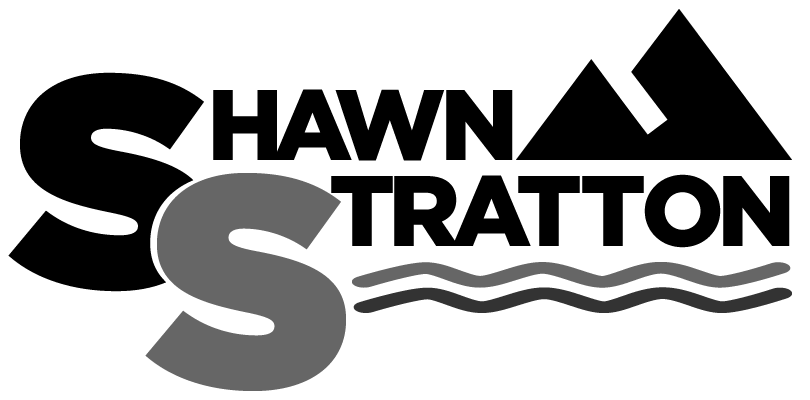




Shawn Stratton works with organizations to strengthen leadership skills that translate into powerful teams. Founder of the LiveMore Group, an organization that helps people maximize their potential and productivity, Shawn has designed presentations and retreats for both small businesses and large corporations, offering teams of all sizes the inspiration and tools to flourish in this unpredictable, exciting economic environment.

How to Deal with a Team Member’s Weakness
You know what it is like to hide behind a weakness. We all have them and many of us try to hide them at all costs when you are trying to impress workplace leaders or perhaps just keep your job. Everyone on the team you are leading right now has plenty of weaknesses. The good thing is that they don’t usually affect their job performance because their role has them working in an area of strength or they have learned to compensate for their limitations in some way. In a recent webinar I was conducting on trust building, a participant asked, “How should we deal with weaknesses?” She was referring to addressing the weaknesses of team members and unfortunately there wasn’t a quick and easy answer for her so I have decided to write about it here. Years ago when I was backpacking around New Zealand, I got a job in an apple orchard picking apples. A few weeks prior I was working in a mandarin orange orchard, working a job that had me ‘thinning’ the mandarins, which means picking a few off each branch so the others had room to grow. Having previous picking experience, I figured apple picking couldn’t be that hard and there was a chance to make more money as I was paid by the bin full. I was fit and not afraid of hard work. I was going to cash in. I was surprised to learn on the first day of my job that apple picking wasn’t just about hauling your ladder up to the tree and picking all the apples off as fast...
5 Ways to Address Poor Performers
The main reason poor performers persist within teams is their leaders are scared to talk to them about their performance concerns. You don’t want to hurt their feelings, get into an argument, or have them take revenge on you or the team. It can be an uncomfortable situation for everyone involved. Here are 5 tactics to initiate the conversation to get the dialogue off to a productive start: Schedule Regular Check-Ins: Feedback and feedforward (The Ultimate Feedback Technique of Today’s Leaders) needs to happen on a regular basis to be effective. Daily or weekly check-ins with direct reports is ideal. Having regular check-in builds the relationship and allows the feedback process to become a normal part of your interactions. Randomly calling people into a meeting to deliver constructive feedback will start to build an apprehensive feeling within the team anytime you ask for a one-on-one meeting. Ask for Self-Evaluation: The easiest and one of the most effective ways to initiate a conversation about poor performance is to have the person identify the area of poor performance by asking them key questions such as “how do you feel you are performing in so and so areas”. Most times people are aware of their lack of performance and will give an explanation. Their self-evaluation and explanation may not be totally accurate from your perspective but that’s ok for now. The conversation has been started with you taking on the non-aggressive role of a learner. Tip the Balance – Don’t Sandwich: In any feedback conversation, there needs to be more positive constructive feedback delivered (yes, even for poor performers). A base...
The Value of Your Unachieved Goals
As a leader, you set goals (at least I hope you do). If you are a really good leader, you write your goals down and perhaps tell a few people about them for accountability. But even the most outstanding leaders don’t achieve all their goals. So, then what happens to those unachieved goals? Are unachieved goals recycled, forgotten about, or unimportant? Is goal setting really all about shooting for the stars and be happy with the moon type of thinking? Sometimes, my tendency for literal thinking takes over and I feel every list and goal needs a checkbox next to it indicating whether you completed it or not. Well I have realized over the years that goals don’t have to be literal as great learning and growth can be achieved without completing 100% of the goal. As the famous quote says “it’s not about the destination, it’s the journey”. I know this is a cliché but it is actually true in the pursuit of goal achievement. The goals you set and the rewards you achieve in reaching them are merely the carrot (or ice cream) that takes you on the journey. The journey is where the growth happens, but without the goal, the journey often never happens. Easy examples of the journey being more important than the goal come from my mountaineering expeditions and running marathons. When I tried to climb Mt. Logan, Canada’s highest mountain at 19,551 ft., I fell just short of the goal of standing on the summit of Canada. After 21 days of climbing, our team decided to stop 500 ft. short of the summit....
Shawn Stratton, Leadership Motivational Speaker and Consultant
“His use of story telling, humor and photography delivered a powerful message on the importance of finding our true passion as an indicator of success. ” -Ian Shortall read more


